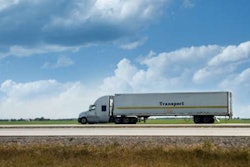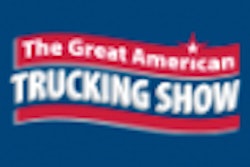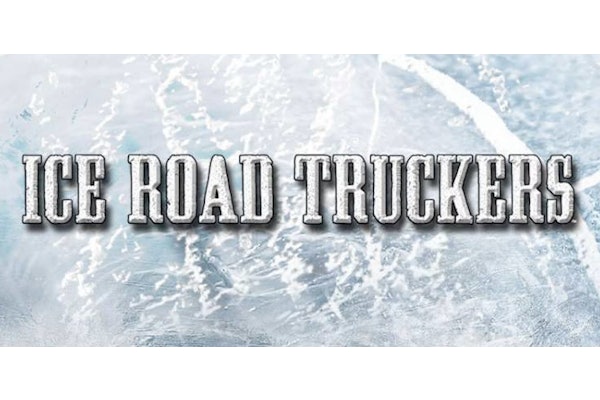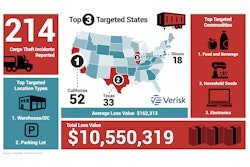Regulatory issues and those concerning putting and keeping drivers in trucks top a new list of leading trucking concerns released Monday (Oct. 19) by an industry research organization.
The American Trucking Research Institute (ATRI) announced its annual list of critical issues. The list includes:
1. Hours-of-Service. This is the third year in a row that the HOS rules have been ranked as the top industry issue. ATRI found 80 percent of motor carriers indicated a loss of productivity directly attributable to the now-suspended rules, and driver pay impacts were estimated to range from $1.6 billion to $3.9 billion annually.
2. Compliance, Safety, Accountability (CSA). Research has documented that CSA’s safety measures are not a good predictor of carrier crash risk. There also are disparities in how states collect and report safety performance data, and shippers are potentially misusing the data in the selection of carriers to haul freight.
3. Driver Shortage. A new report from the American Trucking Associations says the current driver shortage is now estimated to be 48,000, and is expect to grow to 175,000 by 2024.
4. Driver Retention. Despite driver turnover falling in the first quarter of 2015, the industry still experiences turnover rates significantly higher than many other sectors of the U.S. workforce, creating additional costs for motor carriers in recruitment and training.
5. Truck Parking. The growing scarcity of available truck parking creates a dangerous situation for truck drivers who are often forced to drive beyond allowable HOS rules or park in undesignated and, in many cases, unsafe locations.
6. Electronic Logging Devices Mandate. In March of last year, FMCSA issued a Supplemental Notice of Proposed Rulemaking to address a number of concerns identified by industry stakeholders in the initial Electronic Logging Device (ELD) proposed rule. However, the industry continues to await FMCSA’s issuance of the ELD Final Rule, currently expected at the end of October. Once the final rule is issued, the industry will better understand what will be needed for compliance and how it will impact individual fleet operations.7. Driver Health/Wellness. Many in the industry recognize the critical connection between improved driver health and wellness and the industry’s ability to retain qualified drivers. In addition to obvious lifestyle benefits, an improvement in driver health may also have positive implications for industry safety as research has identified a positive correlation between driver health and driver safety.
8. Economy. Once a longstanding top industry issue during the Great Recession, the ranking for the state of the nation’s economy dropped to ninth place last year. However, in 2015 it climbed one position to eighth. This may be driven, in part, by more recent concerns over softer freight demand and what that may mean for 2016, as well as concerns over the economies in Europe and Asia and export impacts from a strong U.S. dollar.
9. Transportation/Infrastructure/Congestion/Funding. The negative impacts of congestion, failing infrastructure and the need for a long-term transportation funding solution all combined to keep this issue in the top ten in 2015.
10. Driver Distraction. First arriving on the Top Ten list in 2014, 2015 marks the second year that Driver Distraction has made the list. Increased concern about the rising use of technology in vehicles by all drivers will likely result in this issue continuing as a top concern in the coming years.
ATRI also posted four of what it calls “emerging issues,” ones that people expressed concerns about, but not enough to reach the top 10. They included:
1. Federal Motor Carrier Safety Administration Mission
2. Onboard Safety and Efficiency Enhancing Technologies
3. Federal Tax Reform
4. Independent Contractor Status











